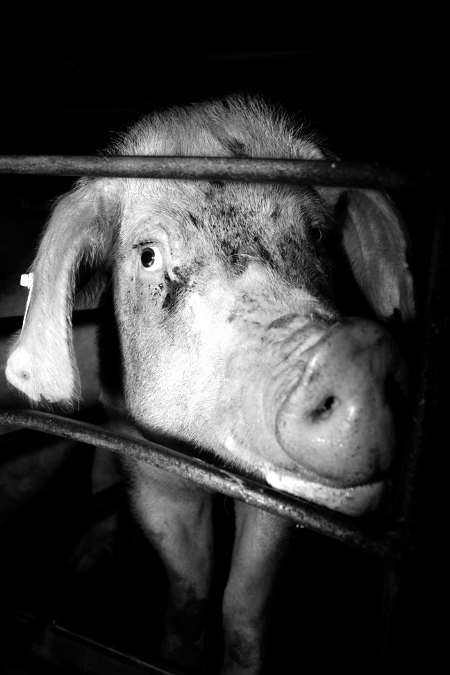Pig tones decoded
 Researchers say they can now decode pigs’ emotions using their grunts.
Researchers say they can now decode pigs’ emotions using their grunts.
Using thousands of acoustic recordings gathered throughout the lives of pigs, from their births to deaths, an international team of researchers says it has translated pig grunts into actual emotions across an extended number of conditions and life stages.
Using more than 7000 audio recordings of pigs, the researchers designed an algorithm that can decode whether an individual pig is experiencing a positive emotion (‘happy’ or ‘excited’), a negative one (‘scared’ or ‘stressed’) or somewhere in between.
The recordings were collected in a wide range of situations encountered by commercial pigs, both positive and negative, from when they are born until their deaths.
“With this study, we demonstrate that animal sounds provide great insight into their emotions,” says Associate Professor Elodie Briefer of the University of Copenhagen’s Department of Biology at the University of Copenhagen, who co-led the study.
“We also prove that an algorithm can be used to decode and understand the emotions of pigs, which is an important step towards improved animal welfare for livestock.”
The researchers recorded pig sounds in both commercial and experimental scenarios, which based on the behaviour of the pigs, were either associated with a positive and negative emotion.
Positive situations included, for example, those when piglets suckle from their mothers or when they are united with their family after being separated. The emotionally negative situations included, among others, separation, fights between piglets, castration and slaughter.
In experimental stables, the researchers also created various mock scenarios for the pigs, designed to evoke more nuanced emotions in the middle of the spectrum. These included an arena with toys or food and a corresponding arena without any stimuli.
The researchers also placed new and unfamiliar objects in the arena for the pigs to interact with. Along the way, the pigs' calls, behaviour and heart rates were monitored and recorded when possible.
THe subsequent analyses of these sounds revealed that high-frequency calls (such as screams and squeals) were linked to negative situations. At the same time, low-frequency calls (such as barks and grunts) occurred both in situations where the pigs experienced positive or negative emotions.
“There are clear differences in pig calls when we look at positive and negative situations. In the positive situations, the calls are far shorter, with minor fluctuations in amplitude,” Dr Briefer says.
“Grunts, more specifically, begin high and gradually go lower in frequency. By training an algorithm to recognize these sounds, we can classify 92 per cent of the calls to the correct emotion.”
The findings have been published in the journal Scientific Reports.







 Print
Print